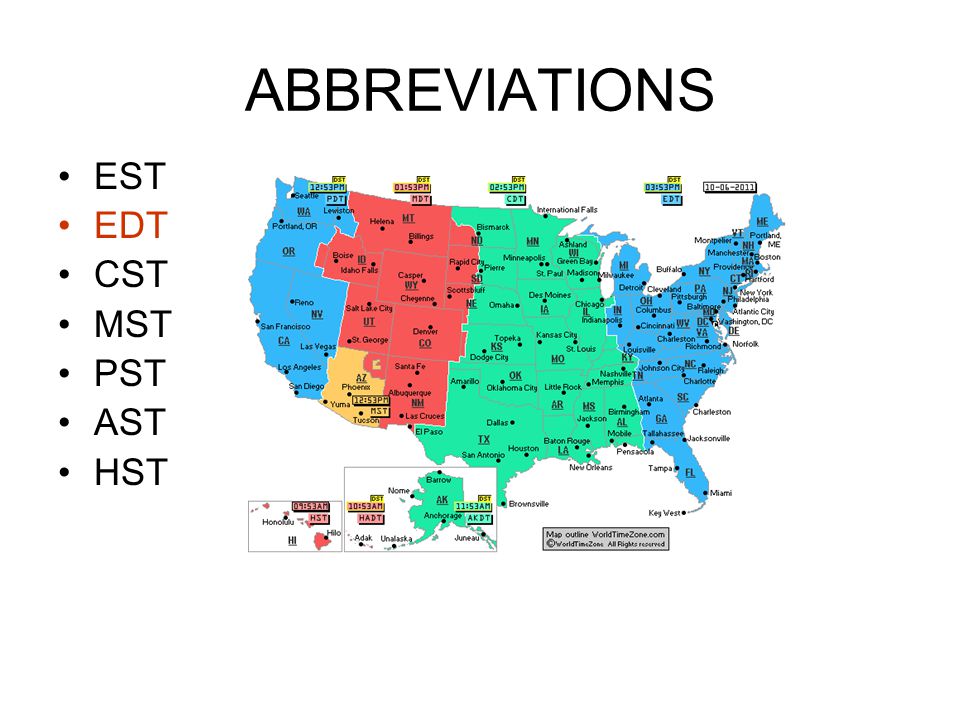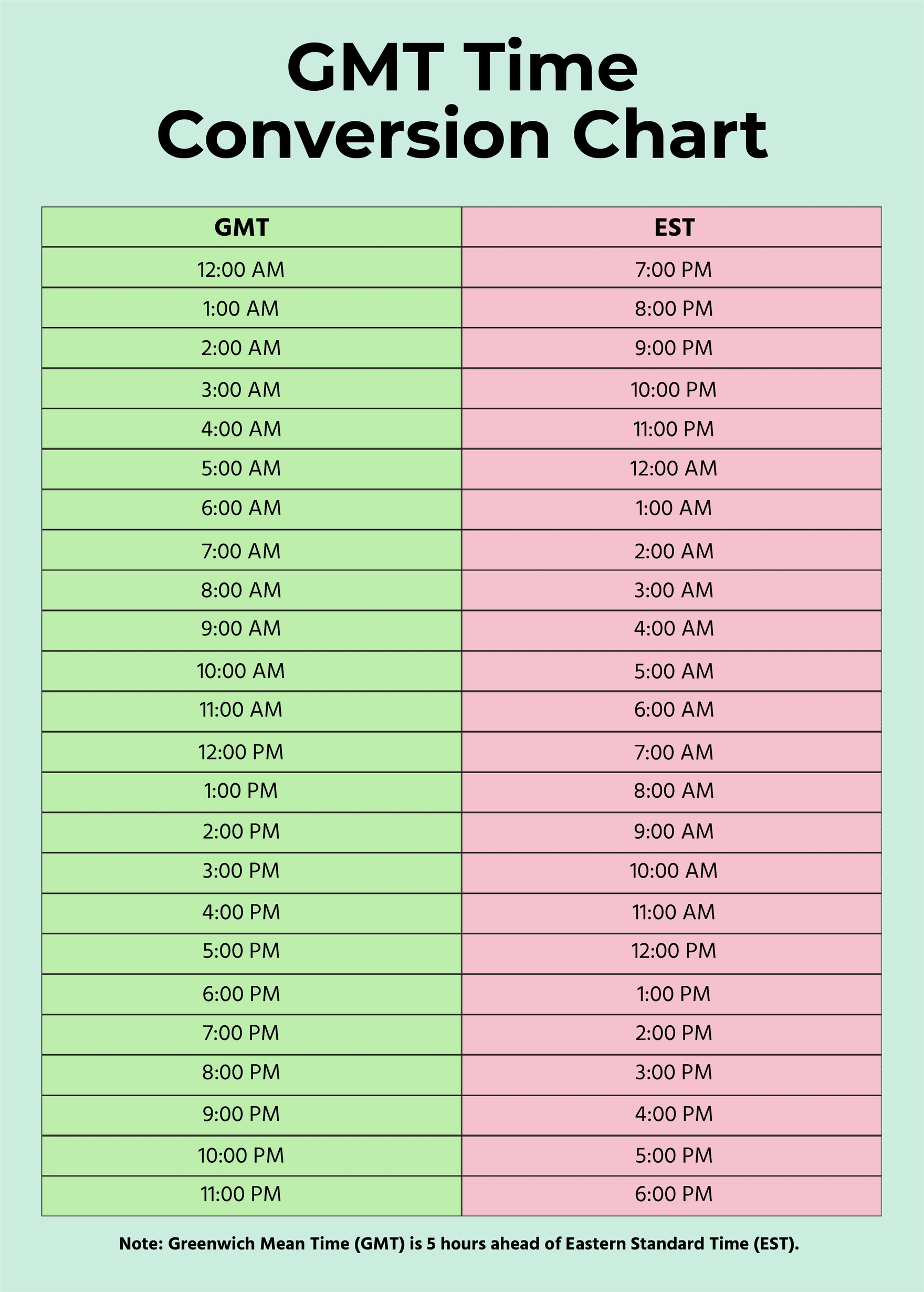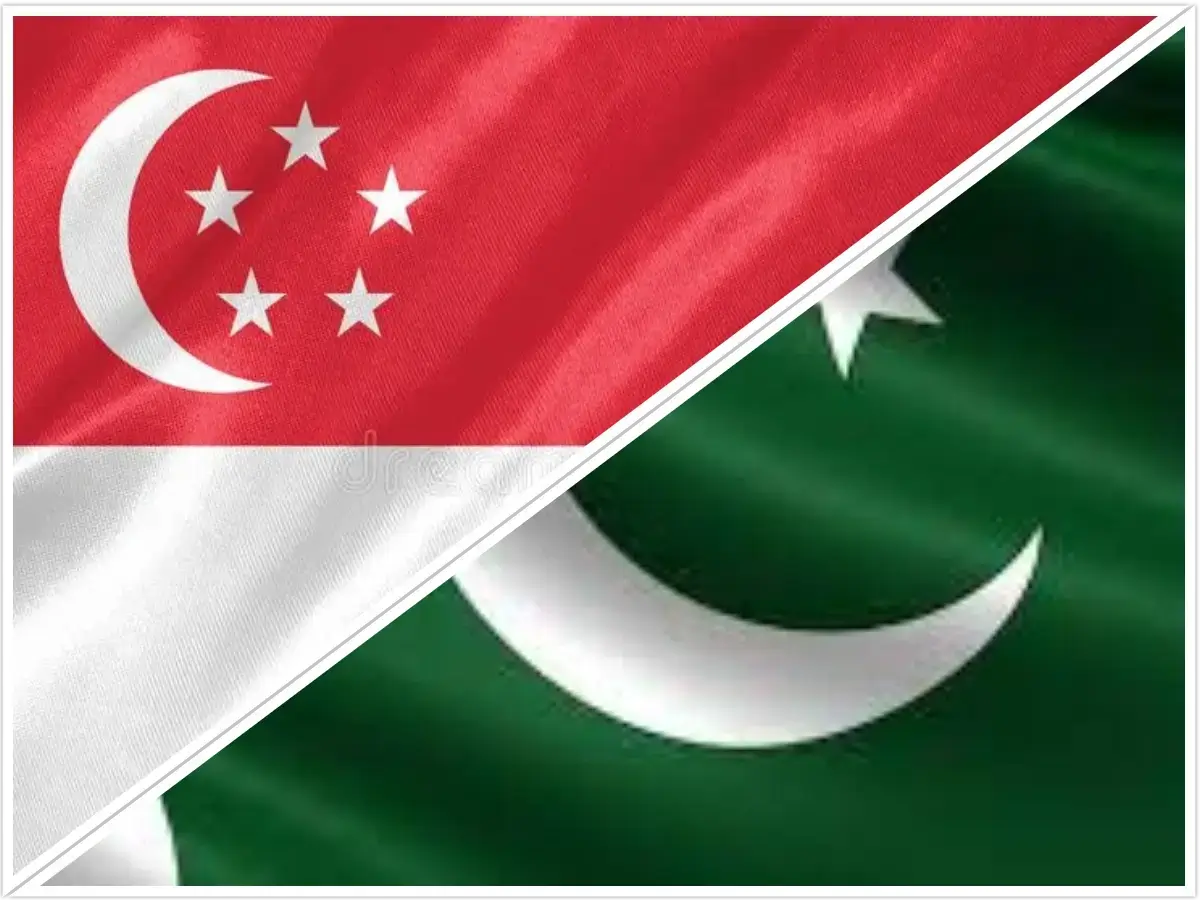Ever found yourself scratching your head trying to figure out what time it is on the West Coast when you're in the Central Time Zone? Yeah, me too. Converting time zones can feel like solving a riddle wrapped in an enigma, but don’t worry—I’ve got your back. If you're wondering what 9am CST to PST looks like, you're in the right place. This guide will break it down so even your grandma could understand it.
Time zones can be a headache, especially if you’re juggling meetings or family calls across different parts of the country. Whether you're planning a call with a client in California or just trying to catch up with your cousin on the West Coast, knowing how to convert time zones is essential. Let's dive into the world of clocks, numbers, and zones to make sense of it all.
Before we get into the nitty-gritty, let’s clear the air: converting 9am CST to PST isn’t rocket science. It’s actually pretty straightforward once you get the hang of it. So, buckle up, and let’s unravel the mystery of time zones together!
Read also:Kelly Clarkson Shines At The 2019 Billboard Music Awards
Here's a quick table of contents to help you navigate through this epic guide:
- What is CST?
- What is PST?
- The Time Difference Between CST and PST
- Converting 9am CST to PST
- Daylight Saving Time: The Game-Changer
- Tools for Easy Time Conversion
- Common Mistakes to Avoid
- Why Time Zones Matter in Everyday Life
- Traveling Across Time Zones
- Wrapping It All Up
What is CST? Central Standard Time Explained
First things first, let’s talk about CST, or Central Standard Time. CST is one of the time zones used in North America, covering a good chunk of the United States, including states like Texas, Illinois, and Minnesota. It’s basically the middle ground between the East and West Coasts. Think of it as the "Goldilocks" zone—not too early, not too late.
CST operates on UTC-6, meaning it’s six hours behind Coordinated Universal Time. So if it’s noon in London (UTC+0), it’s 6am in CST. Pretty simple, right? But here’s the twist: during Daylight Saving Time, CST becomes CDT, or Central Daylight Time, shifting to UTC-5. We’ll get into that later, but for now, just remember CST is all about the central part of the U.S.
Where is CST Used?
CST covers a bunch of states, including but not limited to:
- Illinois
- Texas
- Minnesota
- Wisconsin
- Missouri
So if you're planning a call with someone in Chicago or Dallas, chances are they're on CST. Unless, of course, they’ve hopped over to the East Coast for a meeting, but that’s a story for another day.
What is PST? Pacific Standard Time Demystified
Now that we’ve got CST down, let’s move to the other side of the country: PST, or Pacific Standard Time. PST is the time zone used on the West Coast of the U.S., covering states like California, Washington, and Oregon. It’s the land of sunshine, beaches, and, well, a lot of tech companies.
Read also:Serena Williams Stuns At The 2019 Met Gala A Night To Remember
PST operates on UTC-8, making it one hour behind CST. So if it’s 9am in CST, it’s 7am in PST. Simple math, right? But again, during Daylight Saving Time, PST becomes PDT, or Pacific Daylight Time, shifting to UTC-7. We’ll dive deeper into that later, but for now, just remember PST is all about the West Coast vibe.
Where is PST Used?
PST covers states like:
- California
- Washington
- Oregon
- Nevada (partially)
So if you're scheduling a meeting with someone in Silicon Valley or Seattle, chances are they're on PST. Just don’t forget the time difference, or you might end up calling them at the crack of dawn—or worse, in the middle of the night.
The Time Difference Between CST and PST
Alright, let’s cut to the chase: the time difference between CST and PST is two hours. So if it’s 9am in CST, it’s 7am in PST. Easy peasy, lemon squeezy. But here’s the thing: this two-hour difference only applies during Standard Time. During Daylight Saving Time, the difference becomes one hour, with CST being ahead of PST.
Confused yet? Don’t worry, we’ll break it down further in the next section. For now, just remember: CST is two hours ahead of PST during Standard Time, and one hour ahead during Daylight Saving Time.
How Daylight Saving Time Affects the Time Difference
Daylight Saving Time, or DST, is like the wildcard in the deck of time zones. It’s when clocks "spring forward" in the spring and "fall back" in the fall, messing with our internal clocks and our schedules. During DST, both CST and PST shift forward by one hour, making the time difference between them one hour instead of two.
So if it’s 9am CST during DST, it’s 8am PST. Got it? Good. Now let’s move on to the fun part: converting 9am CST to PST.
Converting 9am CST to PST: The Step-by-Step Guide
Alright, here’s the moment you’ve been waiting for: converting 9am CST to PST. It’s actually super simple once you know the rules. Just subtract two hours during Standard Time, and one hour during Daylight Saving Time. Let me break it down for you:
- During Standard Time: 9am CST - 2 hours = 7am PST
- During Daylight Saving Time: 9am CST - 1 hour = 8am PST
See? I told you it wasn’t rocket science. Now you can confidently schedule those meetings and calls without worrying about waking up your West Coast friends in the middle of the night.
Real-Life Examples of Time Conversion
Let’s say you’re planning a call with a client in Los Angeles at 9am CST. If it’s Standard Time, the call will be at 7am PST. If it’s Daylight Saving Time, the call will be at 8am PST. Easy, right?
Or let’s say you’re traveling from Chicago to San Francisco and your flight departs at 9am CST. If it’s Standard Time, you’ll land in San Francisco at 7am PST. If it’s Daylight Saving Time, you’ll land at 8am PST. Pretty cool, huh?
Daylight Saving Time: The Game-Changer
Daylight Saving Time is like the wildcard in the deck of time zones. It’s when clocks "spring forward" in the spring and "fall back" in the fall, messing with our internal clocks and our schedules. But why do we even have DST in the first place?
The idea behind DST is to make better use of daylight during the longer days of summer. By moving the clocks forward by one hour, we can enjoy more daylight in the evening and less in the morning. It’s all about maximizing our time in the sun, especially during the warmer months.
A Brief History of Daylight Saving Time
Daylight Saving Time was first proposed by Benjamin Franklin in 1784 as a way to save candles. Yeah, you read that right—candles. But it wasn’t officially implemented until World War I, when countries started using DST as a way to conserve energy. Since then, it’s become a staple in many countries, though not everyone loves it.
Some people argue that DST disrupts our sleep patterns and doesn’t actually save energy, while others say it’s a great way to enjoy more daylight during the summer. Whatever side of the debate you’re on, one thing’s for sure: DST adds an extra layer of complexity to time zone conversions.
Tools for Easy Time Conversion
Let’s face it: not everyone’s a math wizard. If you’re struggling to convert time zones in your head, there are plenty of tools out there to help you out. From apps to websites, here are some of the best tools for time conversion:
- World Time Buddy: This website lets you compare multiple time zones at once, making it perfect for planning international calls.
- Google: Yep, good old Google can do the job. Just type "9am CST to PST" into the search bar, and voila! You’ve got your answer.
- Time Zone Converter: This app is available on both iOS and Android, making it a handy tool for on-the-go conversions.
So whether you’re planning a call with a client in London or just trying to figure out what time it is in Tokyo, these tools have got you covered.
Why Use Time Conversion Tools?
Using time conversion tools can save you a lot of time and hassle. Instead of trying to figure out the math in your head, you can let the tools do the heavy lifting for you. Plus, they’re usually more accurate than relying on your memory, especially if you’re juggling multiple time zones.
So next time you’re planning a call or a meeting, don’t hesitate to reach for one of these tools. Trust me, your brain will thank you for it.
Common Mistakes to Avoid
Even the best of us make mistakes when it comes to time zone conversions. Here are some of the most common mistakes to watch out for:
- Forgetting about Daylight Saving Time: This is probably the biggest mistake people make. Always double-check whether DST is in effect to avoid scheduling conflicts.
- Confusing CST with CDT: Remember, CST is Standard Time, while CDT is Daylight Saving Time. Mixing them up can lead to some awkward moments.
- Assuming everyone’s on the same time zone: Just because you’re on CST doesn’t mean everyone else is. Always clarify which time zone you’re referring to.
By avoiding these common mistakes, you can ensure smooth sailing when it comes to time zone conversions. Trust me, your West Coast friends will appreciate it.
How to Avoid These Mistakes
Here are a few tips to help you avoid these common mistakes:
- Double-check the date: Make sure you know whether DST is in effect when scheduling calls or meetings.
- Use time conversion tools: As I mentioned earlier, these tools can save you a lot of time and hassle.
- Clarify the time zone: Always specify which time zone you’re referring to when scheduling calls or meetings.
By following these tips, you can avoid the headaches that come with time zone conversions and focus on more important things, like enjoying your coffee or catching up with friends.
Why Time Zones Matter in Everyday Life
Time zones might seem like a minor detail in our daily lives, but they actually play a huge role in how we interact with the world. From scheduling international calls to planning vacations, time zones affect almost everything we do. Here are a few reasons why time zones matter:
- Global Communication: In today’s globalized world, being able to communicate across time zones is essential. Whether you’re working with clients in Europe or suppliers in Asia, understanding time zones can make or break a business deal.


